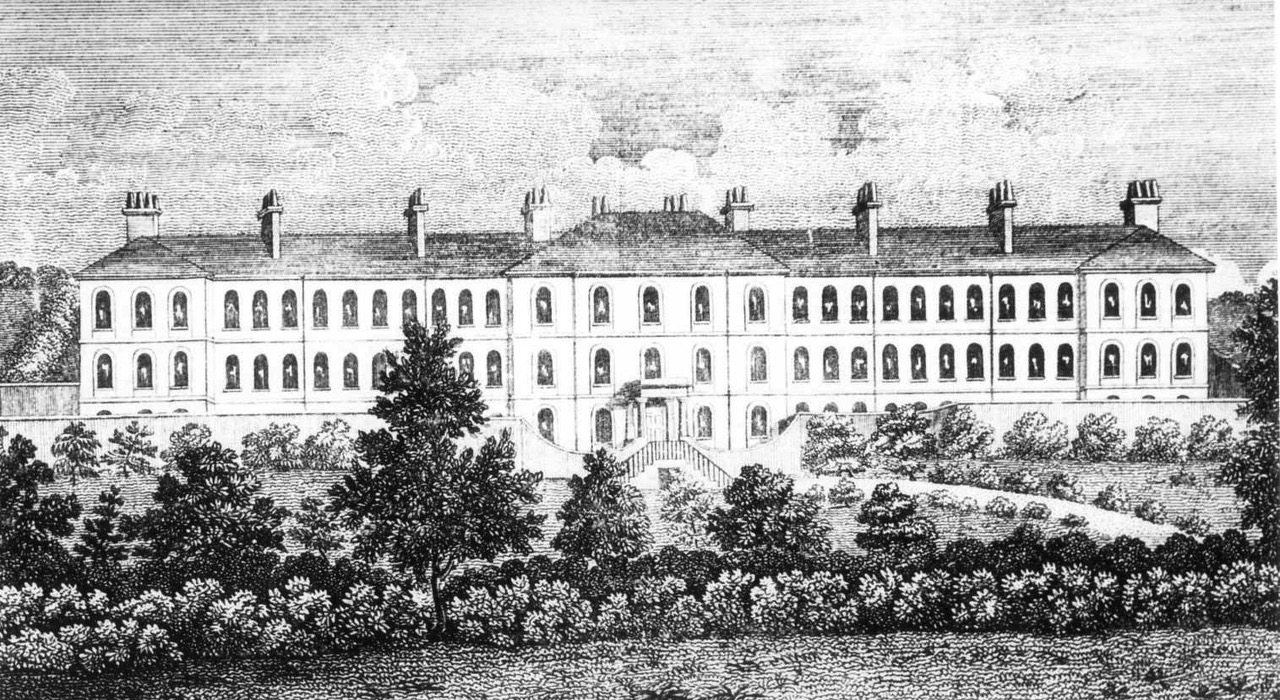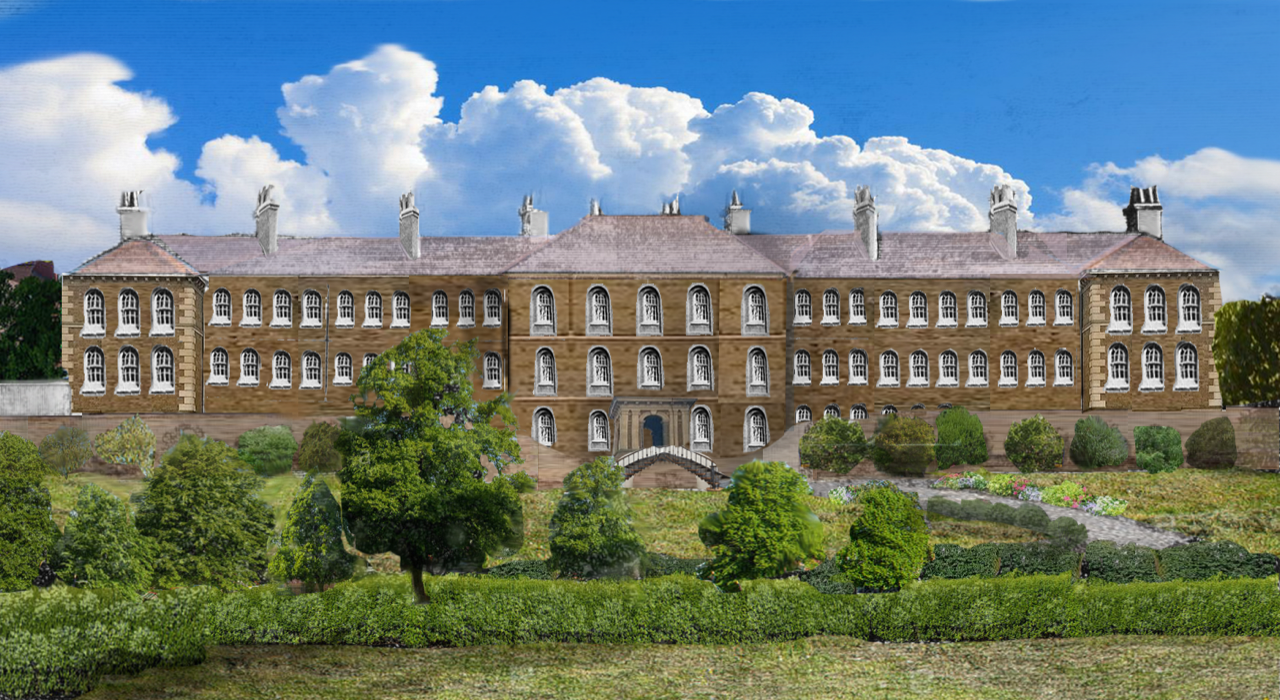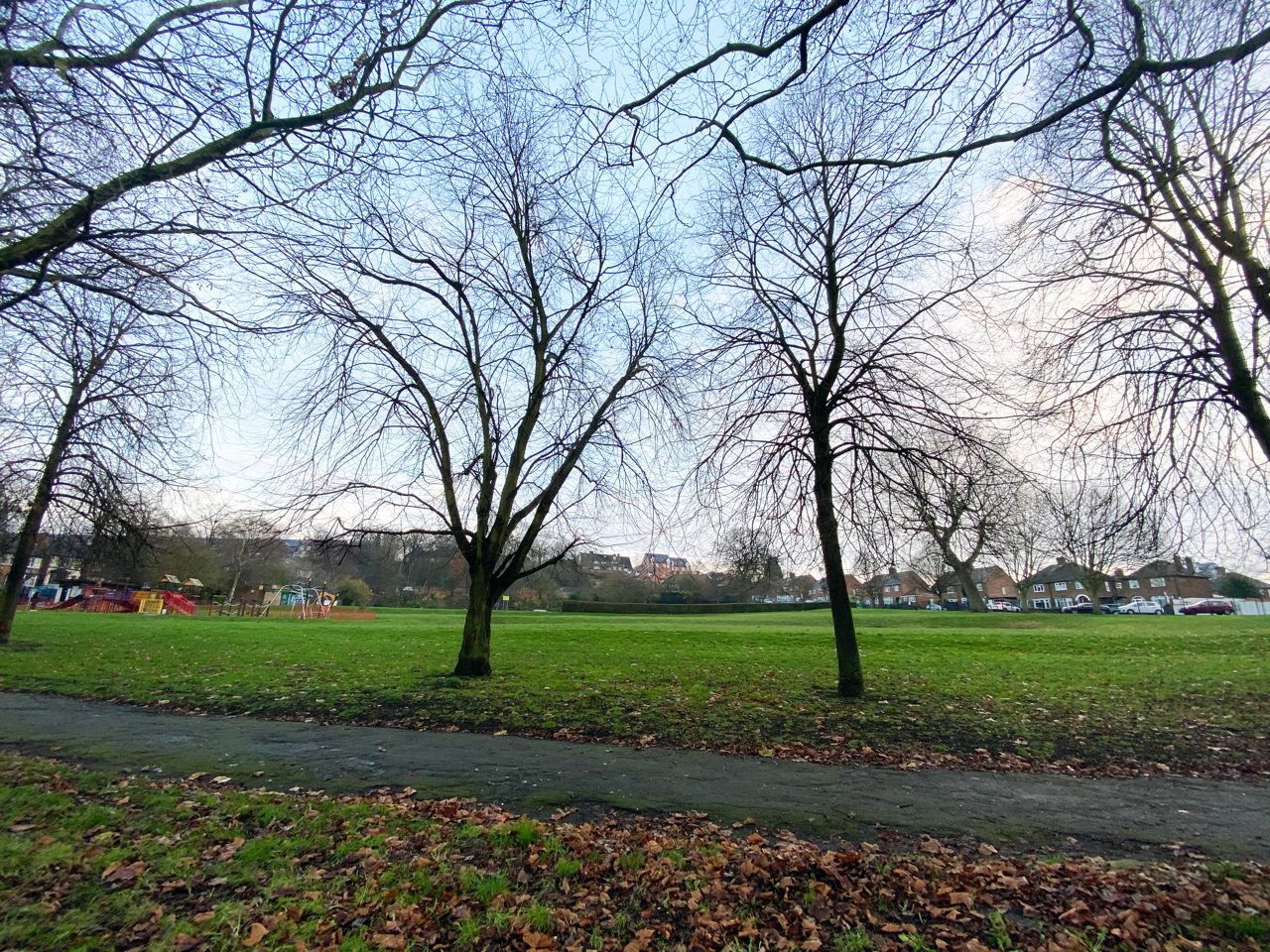NOTTINGHAM ASYLUM PROJECT
Image courtesy of COUNTY ASYLUMS. Colour Reconstruction by Matthew Chesney.
The Nottingham General Lunatic Asylum was the first such asylum to open in the United Kingdom. It was designed by Richard Ingleman of Southwell. The foundation stone was laid on 31 May 1810 and the first patients were admitted in February 1812.
The facility initially accommodated 80 patients. As demand for places increased additional facilities were required and it became necessary to augment capacity by establishing the Coppice Lunatic Hospital in 1859 and the Mapperley Asylum in 1880. The facility eventually reached a state of decay and after services transferred to Saxondale Hospital near Radcliffe-on-Trent, the hospital closed in 1902. The asylum at Sneinton was later converted into a boarding school named King Edward's School. The school has since been demolished and the area has been redeveloped to create a recreation facility now known as King Edward Park.
Commenting on the project, Matthew Chesney, Director at BACKLIT said: “The Nottingham Asylum Project started as a creative community research project exploring the hidden history of King Edward Park and during the pandemic, has grown to have additional meanings regarding mental health, green spaces and isolation. It has been incredible to have such important conversations around the changes in attitudes towards mental health over the last 200 years in Nottingham whilst experiencing first-hand the resilience of artists who worked closely with local residents and young people to keep everyone connected during such challenging times. We thank the National Lottery Heritage Fund for supporting us to make these meaningful and long-term relationships in the local area”.
Researcher for the Sneinton Asylum and patient accounts and speaker on Friday 5 March, David Stewart OBE commented: “The importance of historical research is about restoring a humanity to people’s lives. In studying those who spent time in the Sneinton Asylum, it is important to remember that they were not just patients. They were mothers, fathers, daughters and sons. They were part of families, had worked and lived in the City and County of Nottingham.”
ABOUT THE PROJECT
As part of the wider programme and an extension to the 'Exaggerate Everything' exhibition, BACKLIT has continued to explore the history of mental health, the impact to individuals and communities and the local area where the gallery is situated.
The site of the asylum, King Edward Park, has been the focus of the project with the research covering; humanitarian and legislation with the wider consideration of gender, class and sexual orientation. We have undertaken independent research and worked with Community Research Volunteers in the local area to deliver a series of activities. This research has resulted in artist commissions and the development of online resources.
This project and the research around it is a live and active process, the research material and artist works on this website will develop, change and grow as the project participants and members of the community produce further work.
We welcome your responses through both research and creative works inspired by the project. These can be submitted to us by email at info@backlit.org.uk.




